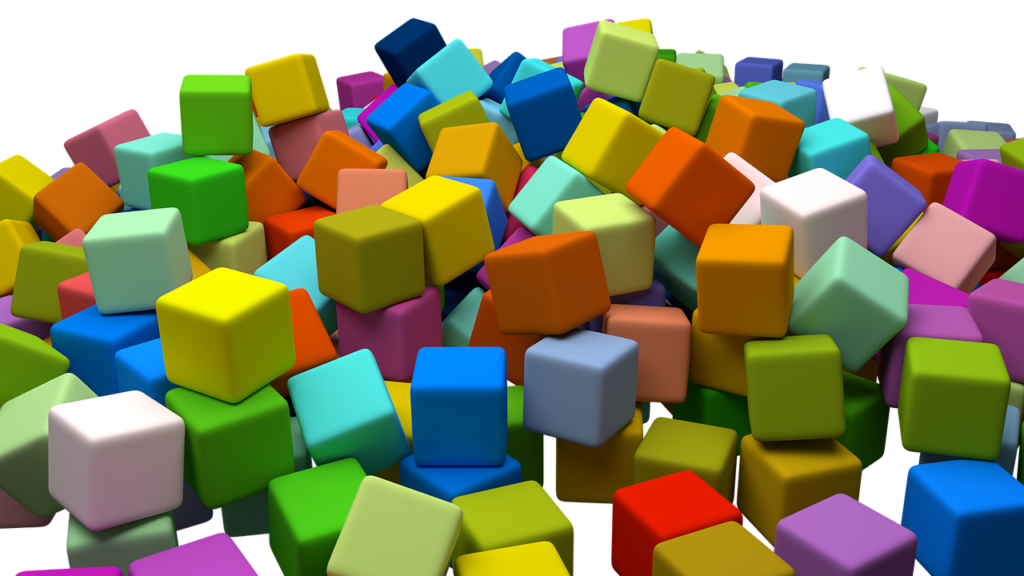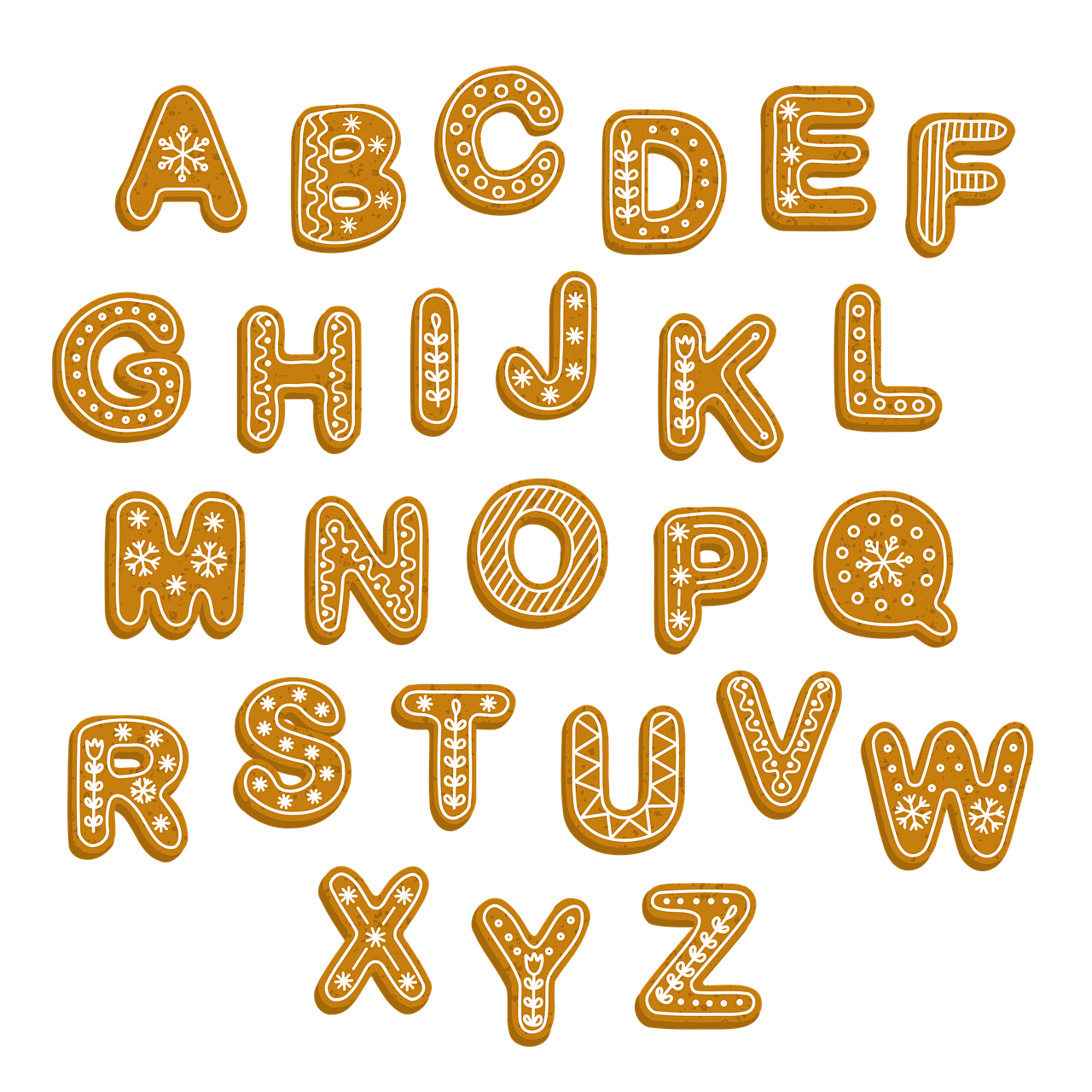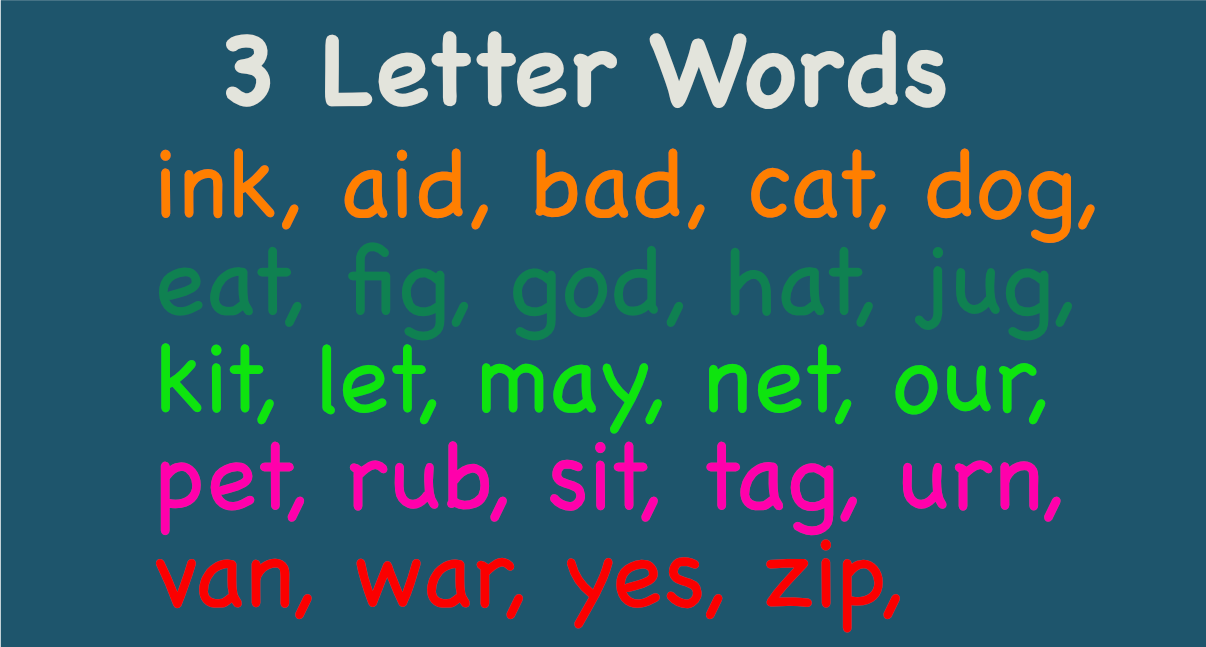
The following toys stimulate child development by encouraging creativity, imagination, problem solving, and more.
Kids need lots of stimulation in order to develop physically, mentally, emotionally, socially, and spiritually. This article will give you ideas for stimulating children through playtime.
Contents
LEGO® Bricks – Build anything!
LEGO® bricks are one of the most popular toy brands in the world. They come in different shapes and sizes, and kids love them because they can build anything with them.
There are numerous child developmental benefits of Lego gaming. In the context of team play children can important communication and language skills. Whether they play just by themselves or with others in a team, Lego is great for teaching your child the following skills:
- Problem solving, Mathematics and Spatial Awareness
- Creativity and Experimentation
- Physical Development
- Perseverance and Management of Frustrations
- Self-Confidence
- Lowering Anxiety and Stress
- Patience
- Focus and Concentration
There are so many ways to use these building blocks creatively. You can make cars, houses, boats, planes, robots, dinosaurs, and even rockets. It’s fun to watch your kid build something new every day.
Fisher Price Little People – Play With Friends Or Family
Fisher Price Little People are perfect for little hands. They’re easy to assemble and play with. Kids will enjoy playing with them as they learn how to follow directions and work together. This cuddly toy encourages imaginative play and promotes relaxation. It also helps soothe babies who are teething or upset.
Baby Alive – A Baby Doll That Moves And Talks
This toy encourages children to develop language skills and social interaction. It’s also an excellent learning tool for babies who are just beginning to speak.
Leapfrog Learning System – Learn Through Play
Leapfrog Learning Systems offers educational toys that encourage children to learn through play. They offer products such as the LeapFrog LeapPad, Leapster Explorer, and Leapster 2. Each product has its own unique features and benefits.
Dolls And Stuffed Animals
Having a doll or stuffed animal to play with helps children develop a variety of skills. These toys encourage creative and verbal play, and allow children to explore the role of different characters. Parents can also use these toys to encourage back-and-forth communication. As a result, your child will develop a more diverse vocabulary.
Dolls and stuffed animals can help children develop social skills and empathy. This is important for children when they first begin to interact with others, so pretend play is a great way to encourage these skills. Also, pretend play can help children develop their self-confidence by helping them consider other people’s feelings.
Dolls and stuffed animals are also useful when teaching children about empathy and compassion. Children often talk to their stuffed animals and use their voices to express their feelings.
Talking to these toys is beneficial for helping children deal with difficult emotions, and can help them develop coping skills. Moreover, dolls and stuffed animals can be used in therapy sessions and teach children how to express themselves creatively.
Play with stuffed animals helps children learn through imaginative play. They start a relationship with these plushies by naming them, assigning them characteristics, and taming them. They also develop empathy and social skills, and help them to prepare for real-life relationships.
Stackable Cups
Stackable cups are toys that help a child learn about the colors and shapes of objects. They also help a child learn simple instructions and directions. They can also make up stories using the cups. Parents can also use these toys to help their child develop vocabulary. They can help their child learn by asking them questions and making comments while they play.
Stackable cups help children learn spatial reasoning, which is an important skill for future success. They also help your baby develop problem-solving skills. These skills can help your child face challenges as they grow older. Stacking cups are also great for bonding, as they allow parents to spend quality time with their child.
Stackable cups are a great choice for toddlers. They are fun and educational at the same time. They help toddlers learn the difference between different sizes, shapes, and colors. They are also eco-friendly and free of phthalates, PVC, and BPA. These toys can also help develop fine motor skills and encourage good behavior.
Stackable cups also help build hand-eye coordination. The ability to translate sensory input from the eyes to hand motions is necessary for a child to learn how to perform everyday tasks. This skill is important for many activities and daily life.
Mobiles
Mobiles can help young babies develop their visual tracking and focusing skills. These skills are necessary for the development of a baby’s brain and they can be very helpful to the baby’s development.
However, mobiles must provide the right balance of stimulation for the child. A baby’s eyes are still developing, so mobiles that have high contrast are ideal for these young eyes.
Musical mobiles can also help a baby develop their gross and fine motor skills. Babies can practice their eye-hand coordination while following the musical mobile with their arms and head. They can also learn how to grasp objects and develop fine motor skills by pulling the toys off of a musical mobile.
Music can be a great way to distract a crying baby and increase the child’s attention span. Musical mobiles can help a baby fall asleep by triggering a soothing song. However, musical mobiles with strings that are longer than 7 inches may be a choking hazard for babies. Therefore, the American Academy of Pediatrics recommends that musical mobiles with soft hanging toys are safer than those with hard plastic pieces.
Parents should always check the safety of mobiles. They should make sure that the mobiles are securely attached to the child’s crib to prevent the risk of strangulation.
Another potential hazard is that the child could choke on loose pieces of the mobile. They should also remove the mobiles from the child’s crib as soon as they learn to sit up. Babies are stronger than you think and can pull the toys off of a mobile by themselves.
Photo Albums
Photo albums can be used as toys to stimulate child development in several ways. They can encourage children to talk and share memories. They also help with early literacy. Babies prefer high-contrast objects, such as pictures.
Infant stimulation cards, which contain black and white photos with contrasting patterns, can be used to stimulate their vision. These cards can be posted around the home, or they can even be made into a mobile.
Musical Toys
Musical toys are fun for children of all ages, and experts recommend them for brain development. A variety of musical toys play melodies and lyrics, and some are even equipped with lights that go along with the music. These toys are recommended for all ages, and they can help develop a child’s brain and motor skills.
A popular musical toy for infants is the Baby Einstein Octoplush Musical Plush Toy. This interactive toy features ninety seconds of music and encourages your child to play and develop hand-eye coordination. It also has a soft texture, making it easy for young babies to grasp and play with.
Other musical toys are designed to introduce classical music and learning songs.
There are many varieties to choose from, but mini instruments are the most popular among children. Mini pianos, guitars, bongos, and tambourines are all great choices for a child who loves to play with music.
There are also specialized musical instruments for different ages. For the youngest child, a simple instrument that can play a few tones and scales is best. As the child grows older, they can choose miniature versions of real instruments.
Musical toys also help babies learn the language of music. This way, the child can learn to recognize words and understand rhythms. By listening to the sounds of various instruments, they can learn to make their own music and use their language to express themselves. Besides, they also help children develop their fine motor skills.
Rollables
Rollables are a great way to stimulate child development through imaginative play. Made from firm and soft wood, these fun round characters roll, squeeze and tumble, inspiring children to develop fine motor and sensory skills.
Melissa & Doug Rollables are available in many fun shapes and colors, and will encourage children to learn to identify and label objects.
Rollables are available in many colors, sizes, and materials. Squishy and soft balls help to develop fine motor skills, while jingling balls stimulate hearing and sight. They also teach children about cause and effect, and help children learn how to take turns. They can also improve their visual tracking skills, as well as their sense of direction.
Final Thoughts
It can be difficult to find toys to stimulate child development that your child will enjoy. Often, parents feel that their child will simply get bored with them and they will eventually end up collecting dust.
The truth is, many of today’s kids are not challenged enough to think critically and creatively. This lack of active learning is not conducive to their long-term development. However, age appropriate and developmental-needs oriented toys can stimulate the brain development of your child and keep them occupied.



